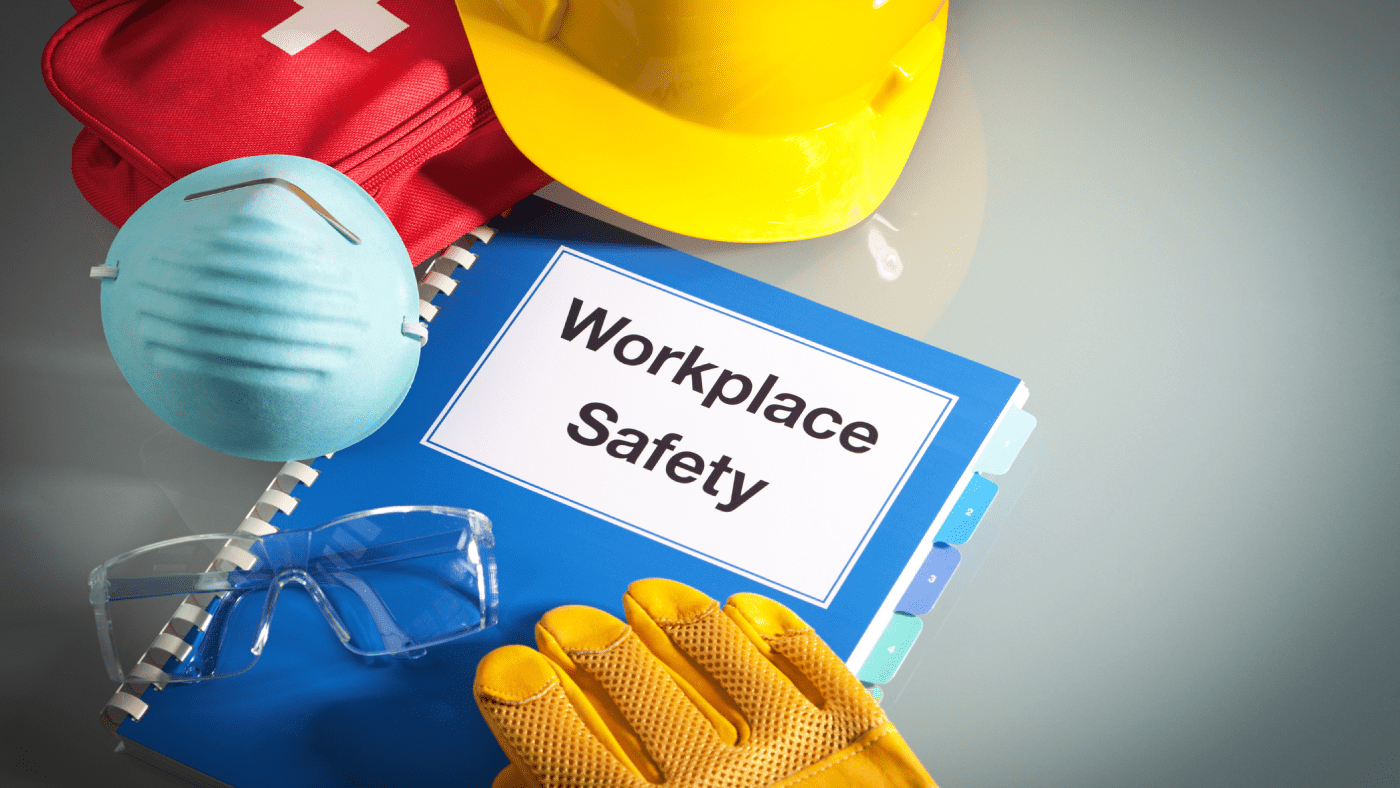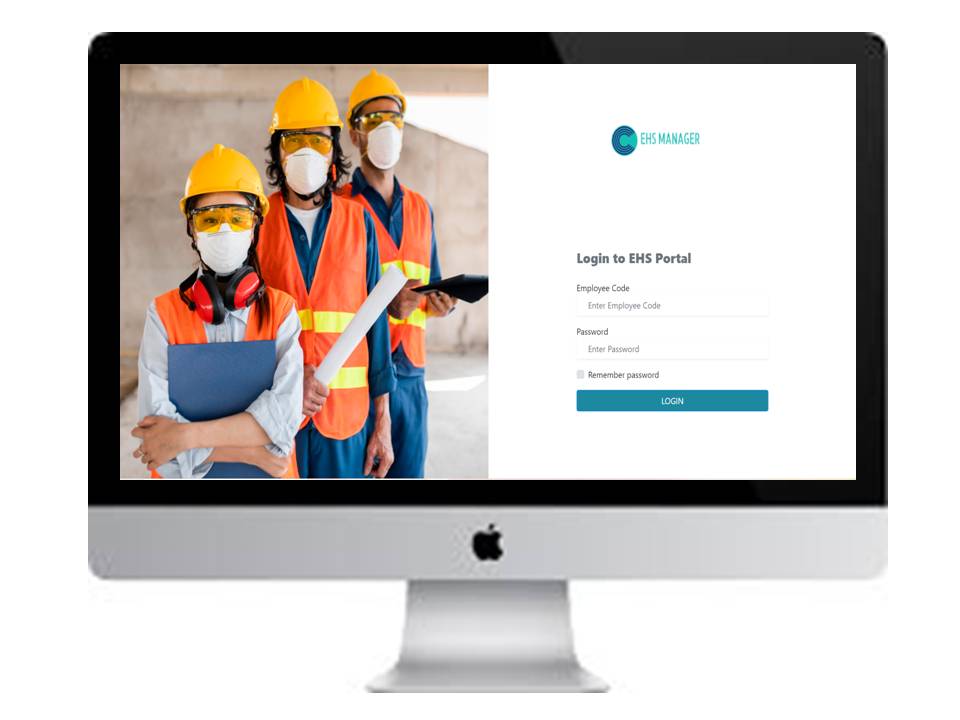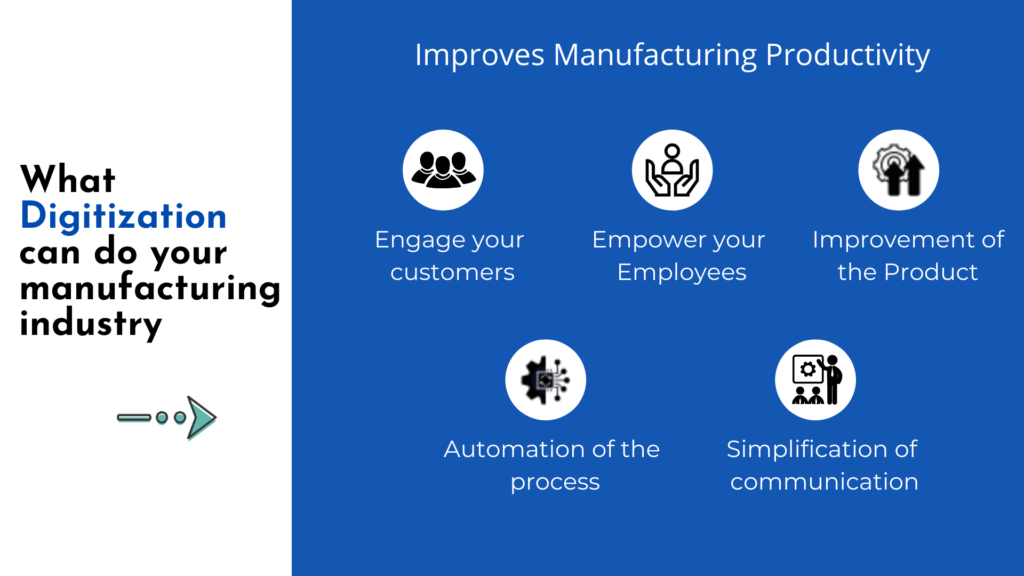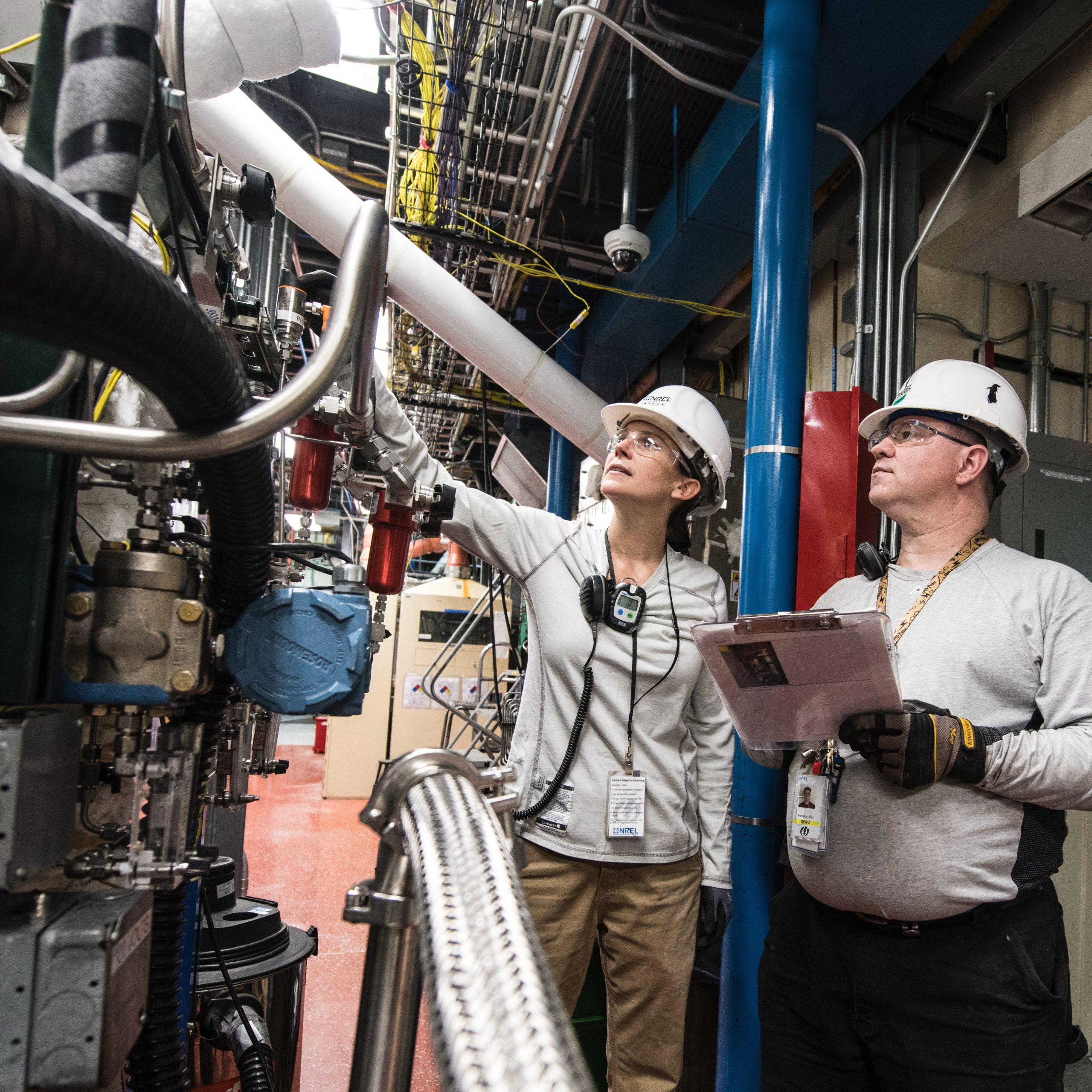Safety in manufacturing is important because?
Safety in manufacturing:
There are a number of terms that describe workplace safety, such as environmental, health and safety (EHS), occupational health and safety, and similar terms. Through safety programs, companies manage their safety concerns by controlling the way their employees work and minimizing risk.
In the manufacturing industry, where work involves the use of potentially dangerous machines, materials, and substances, safety is especially important.
Safe working environments involve creating a safe environment in which employees can operate their equipment safely without putting their personal and physical well-being at risk. Training, personal protective equipment, and machine guarding are all key factors in establishing a safe manufacturing environment. In addition, housekeeping and employee involvement, manager training, and more, many other factors also contribute to safe work environments.
The purpose of industrial safety:
- An industrial safety system must be implemented in order to prevent the loss of life, permanent disability, any damage to the machinery and material of any industrial employee.
- A higher standard of living requires the increase of production means.
- To avoid work stoppages and production losses, it is necessary to eliminate the risk.
- Workman’s compensation, insurance, and accidents costs will be reduced.
- To prevent accidents in the industry, any hazards must be reduced
- To improve the morale of industrial workers, it is essential.
EHS Manager Safety Software for manufacturing industries
Softdesigners focuses on assisting industries in establishing a safe working environment by delivering safety management software that allows businesses to track, analyze, and report on essential safety data and metrics.
Get in touch with us to explore how we can help you manage safety.









